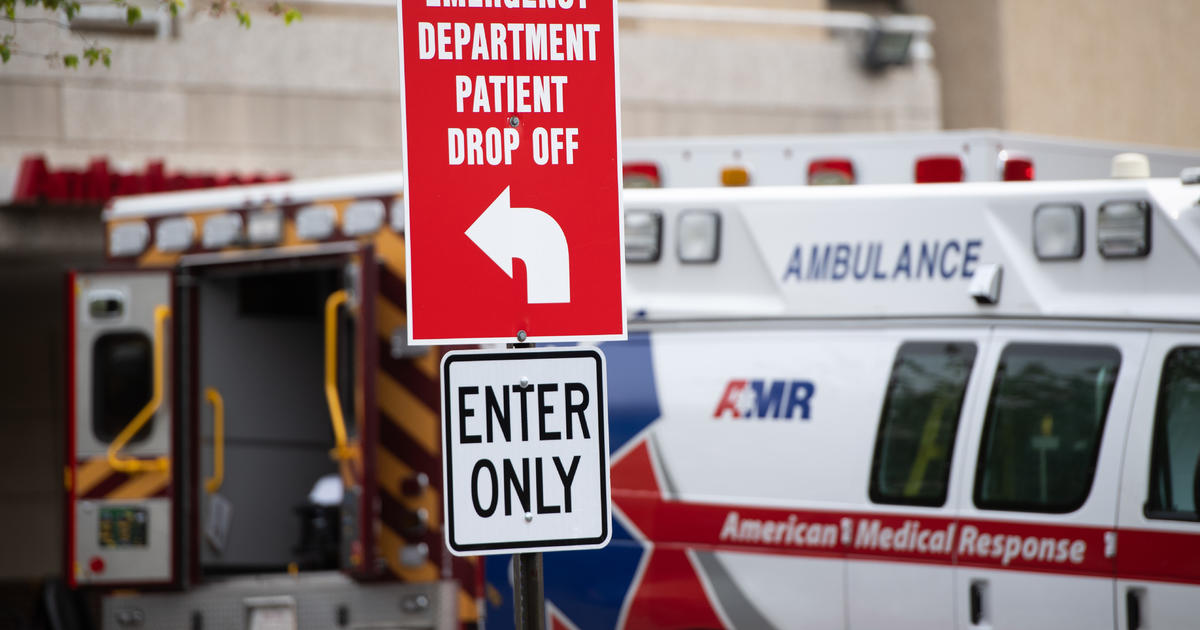Youth mental health crisis may be improving, early ER data suggests

America’s youth mental health crisis appears to have shown signs of improving last fall, the Centers for Disease Control and Prevention reported Thursday, based on slowdowns in emergency room visits compared to the year prior.
The data is an early sign that the surge in suicide attempts and mental health conditions that filled emergency rooms with adolescent patients, many teen girls, in the wake of the COVID-19 pandemic might be subsiding nationwide.
But compared to a pre-pandemic “baseline” in the fall of 2019, the CDC’s report also suggests average weekly emergency room visits remained as high or worse than they were for suicide and overdoses.
“These findings suggest some improvements as of fall 2022 in the trajectory of adolescent mental health and behavioral health, as measured by ED visits,” the report’s authors wrote in a study published in CDC’s Morbidity and Mortality Weekly Report.
The new findings come from the agency’s National Syndromic Surveillance Program, which pools data from 3 in 4 emergency rooms around the country.
Previous results from CDC’s research on emergency room visits served as early warnings ahead of other metrics to track the nation’s youth mental health crisis, which predated the COVID-19 pandemic.
“The pandemic era’s unfathomable number of deaths, pervasive sense of fear, economic instability, and forced physical distancing from loved ones, friends, and communities have exacerbated the unprecedented stresses young people already faced,” Surgeon General Dr. Vivek Murthy wrote in a 2021 advisory on the crisis.
But the CDC also cautions that these findings are limited to emergency rooms, which only provide a window into a fraction of the mental health challenges facing adolescents.
Among the factors the agency says could be driving the improvement in these figures: governments have poured money into efforts like the 988 crisis lifeline that has fielded thousands of calls and messages since it was formally launched last year.
A goal of 988 was to divert patients from ending up in emergency rooms, connecting them to behavioral health care more tailored to their needs outside of hospital waiting rooms and interactions with law enforcement.
During the spring and summer of 2022, the CDC says average weekly emergency room visits for all three categories — mental health conditions, suicide-related behaviors and drug overdoses — did not improve in adolescents compared to 2021.
But by the fall, compared to the year prior, average emergency room visits from adolescents had dropped 11% for mental health conditions, 12% for suicide-related behaviors, and 10% for drug overdoses.
When broken down into more granular detail, there were also some increases from 2021 to 2022.
For example, compared to fall 2021, average weekly emergency room visits for overdoses linked to opioids in fall 2022 increased 10% for female adolescents and 41% for male adolescents.
“Increases in opioid-involved overdoses warrant further investigation but might be related to the overall rarity of adolescent opioid-involved overdoses, such that even a 10% change actually represents a small absolute change,” the report’s authors said.
And overall, despite signs of improvement, the trend stopped short of a full return to pre-pandemic levels.
Compared to fall 2019, adolescent emergency room visits for suicide-related behaviors were still 7% worse and drug overdoses were 10% worse.
If you or someone you know is in emotional distress or a suicidal crisis, you can reach the 988 Suicide & Crisis Lifeline by calling or texting 988. You can also chat with the 988 Suicide & Crisis Lifeline here.
For more information about mental health care resources and support, The National Alliance on Mental Illness (NAMI) HelpLine can be reached Monday through Friday, 10 a.m.–10 p.m. ET, at 1-800-950-NAMI (6264) or email info@nami.org.
Trending News
Centers for Disease Control and Prevention
Mental Health
First published on May 11, 2023 / 1:00 PM
© 2023 CBS Interactive Inc. All Rights Reserved.
Thanks for reading CBS NEWS.
Create your free account or log in for more features.
Please enter email address to continue
Please enter valid email address to continue
